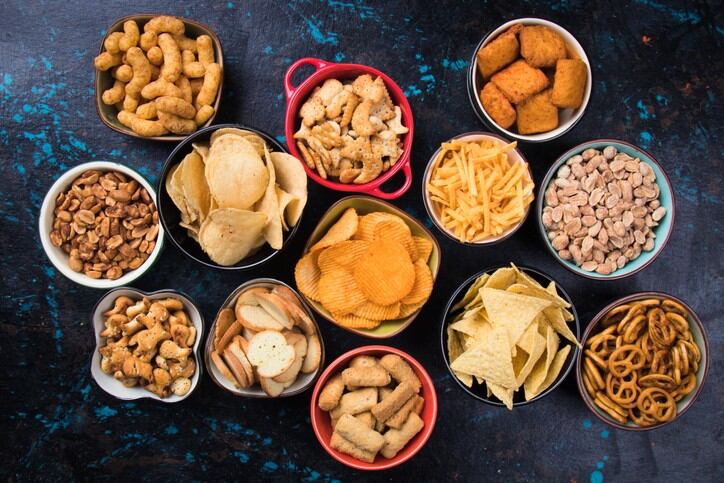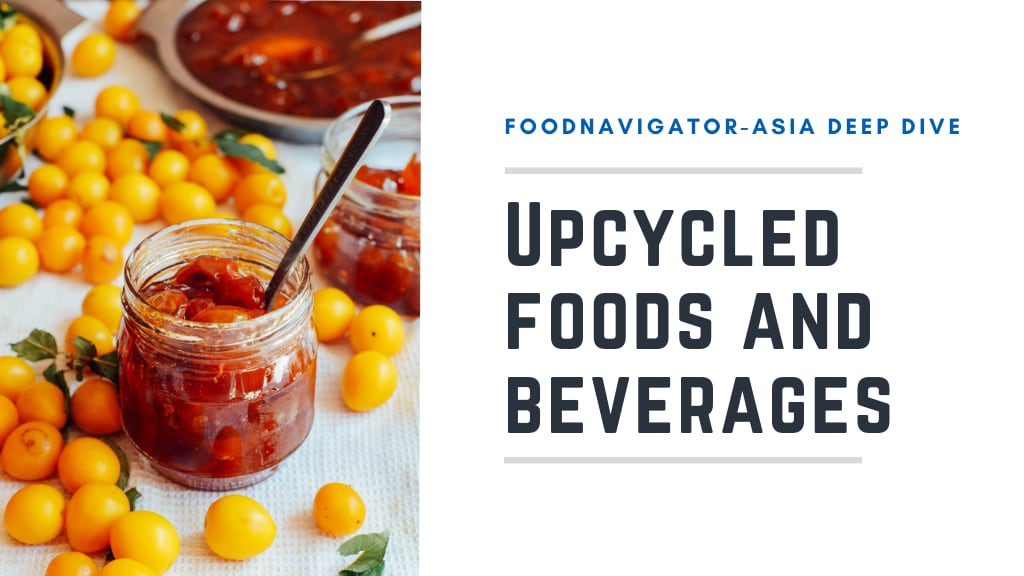The data was revealed by South Korea’s Ministry of Agriculture, Food and Rural Affairs (MAFRA), which recently published the results of its annual 2021 Processed Foods Consumer Survey.
“This survey is conducted yearly to better understand local consumer trends regarding the processed foods sector, and this year we surveyed a total of 2,193 households in Korea nationwide,” MAFRA Minister Kim Hyeon-soo said in a formal statement.
“One finding of significance was that many households have now shifted to buying processed foods on a more regular basis compared to in 2020, with 23.7% of all households now buying these two to three times a week compared to 20.6% in 2020, which is a 3.1% increase.
“Overall the total proportion of households buying these foods more than once a week came in at 68.4%. We also found that the higher the number of household members and the higher the average monthly household income is, the shorter the purchase cycle tends to be.”
One of the main drivers for this is believed to be the impacts of COVID-19, where consumers are willing to pay a bit more for the convenience of processed foods to save time when preparing meals at home, as well as the option to eat outside dishes despite not being able to dine out.
In this vein, the most-popular processed food items purchased in the past year all had a focus on these aspects, namely dumplings and pizzas (94.8%), ready-to-eat meals (90%), and ready-to-cook meat (86.9%).
“COVID-19 has also impacted the locations that consumers choose to do their shopping – we saw an increase in the number of consumers making their processed food purchases from local supermarkets from 24.3% in 2020 to 26.8% in 2021, whereas those going to large supermarkets/hypermarkets decreased from 36.5% in 2020 to 35.1% in 2021,” added Kim.
“That said, the pandemic drove consumers to shift to online shopping [in a big way] in 2020, where a sharp 13.4% increase was seen from 16.4% in 2019 to 29.8% in 2020 when the pandemic hit; and processed food specifically also saw a boost from 56.9% in 2019 to 62.6% in 2020 – but as of last year, these percentages have dropped slightly, with overall online purchasing dropping to 25.2% and online processed food purchasing dropping to 57.7%.
“As such, although our survey has also confirmed that online purchases became popular in South Korea due to the convenience of ordering and ‘anytime, anywhere’ payment that it can provide, [it seems that] consumers are still keen on going to physical stores to make their purchases at the moment.”
Other popular processed food retail locations for South Korean consumers included small and medium- sized supermarkets operated by large corporations (13.2%) , traditional markets (9.9%) , and online shopping malls (9.6% ).
For several months, South Korea has managed to keep its COVID-19 case count below four figures, but this number has been steadily on the rise since January this year, with its most recent 7-day average case count at 99,330 cases daily.
Given the rapid boom in online shopping seen when the pandemic first hit in 2020, it is possible that a repeat of the situation back then could surface, and processed foods in particular would be the beneficiary of this due to characteristics such as longer shelf-life and ease of transportation.
Processed health functional foods
In addition to this, MAFRA also highlighted the purchase of processed health functional foods in the survey, and found a distinct difference between the focus of younger and older Korean consumers when it came to these.
“We found that consumers if the 20s age group mostly opted to purchase fermented microorganism-based health foods such as lactic acid bacteria and probiotics, whereas those in their 60s were focused on ginseng purchases,” said the ministry.
“The main drivers for the purchase of these became more health-focused this year, with more consumers saying that health improvement (68.8%) and disease treatment (11.3%) are their main reasons for making these purchases, whereas factors such as cosmetics and aesthetics (16.5%) have decreased.”
In total, MAFRA found that a whopping 79.5% of all responding South Korean households now purchase health functional foods.





